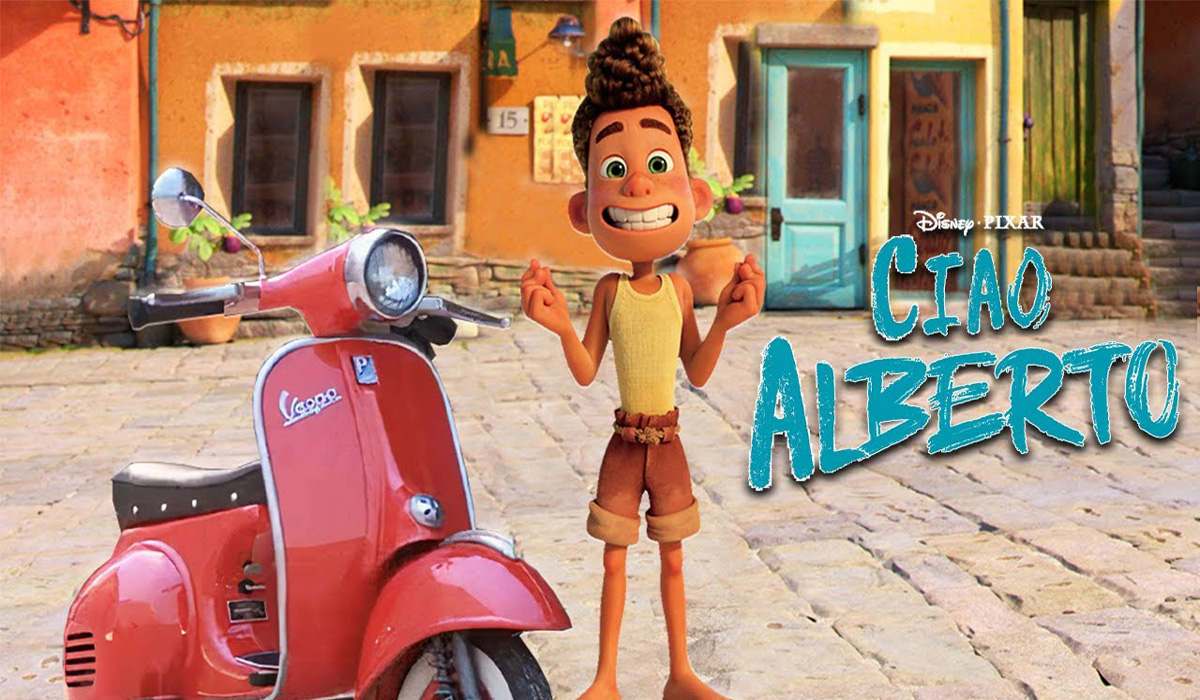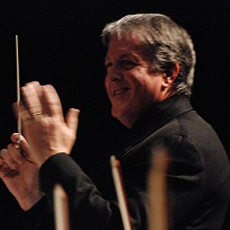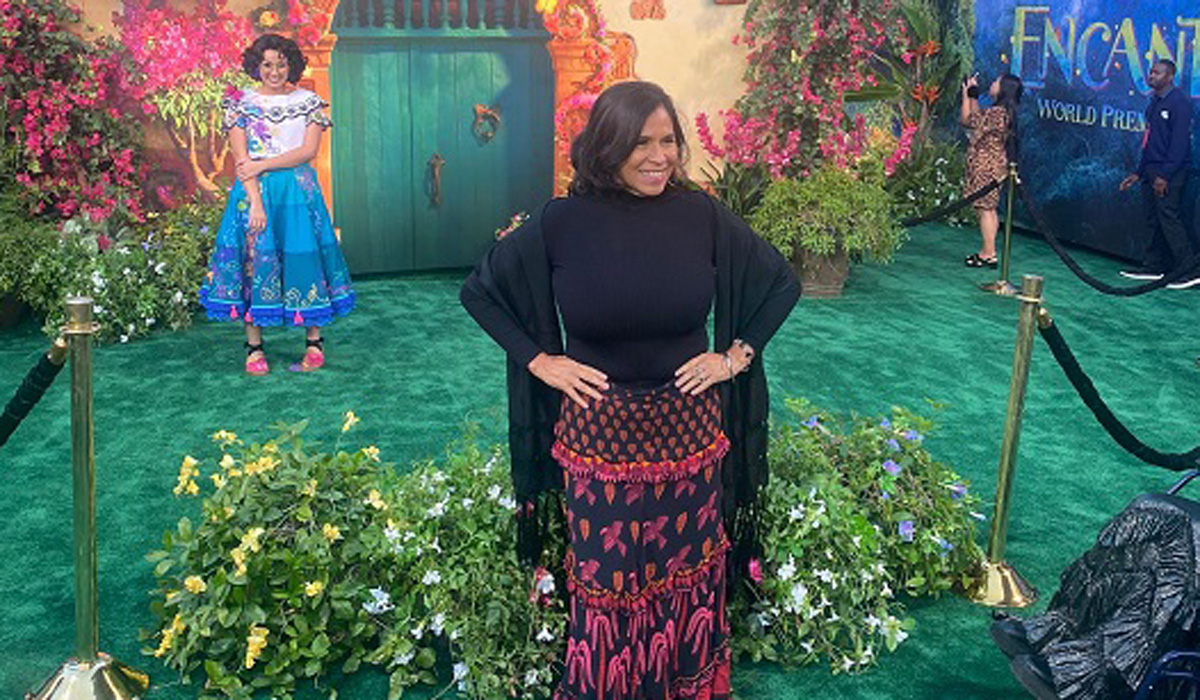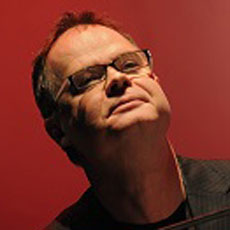 As Disney+ recently released the Pixar animated short Ciao Alberto, the sequel of People’s Choice award winner Luca, we met with the composer of both films, Dan Romer, to dive deeper into the musical making of those two gems in his company.
As Disney+ recently released the Pixar animated short Ciao Alberto, the sequel of People’s Choice award winner Luca, we met with the composer of both films, Dan Romer, to dive deeper into the musical making of those two gems in his company.
Dan Romer is an award-winning composer, songwriter and music producer based in Los Angeles. His score includes four-time Oscar-nominated Beasts Of The Southern Wild (Searchlight), Maniac (Netflix), Good Doctor (ABC), Beasts Of No Nation (Netflix), Atypical (Netflix), Skin (A24), Station Eleven (HBO Max), and the Emmy award-winning series Ramy (Hulu). He is also the music producer and co-composer for the film adaptation of Dear Evan Hansen.
In 2018, Romer composed the music for Ubisoft’s flagship video game Far Cry 5.
In addition to his scoring work, Dan produced several worldwide hit singles for numerous acclaimed artists including A Great Big World and Christina Aguilera’s Grammy winning “Say Something,” and Shawn Mendes’ “Treat You Better.”

Animated Views: How did you embark aboard Luca?
Dan Romer: Tom MacDougall, the president of Disney Music, approached me not long after my first feature, which was Beasts Of The Southern Wild. He just said he liked my music and wanted to meet me. So, we hung out and he said, “You know, I hope one day we have a film we can work on together.” You know, I’m a huge Pixar fan and I said that would be amazing. Some years later, he called me and he said, “This is incredible: Enrico, our director on this film, Luca, separately asked about you to be the composer. So, we’d really like you to come meet him and check out the material.” So, I went up there at Pixar and saw everything they had and I became so excited to score that movie.
AV: Did you come to know what led Luca‘s director Enrico Casarosa to choose you as the composer?
DR: That’s not really a question that I would ask a director, but Enrico did say that he liked my style and that he felt like one of the things I know well how to do is adding emotion to kids running around having fun. Also, he was interested in the idea that I had done work inside other cultures’ music frameworks, like on Beasts Of The Southern Wild that I did in a sort of Appalachian/Americana type music. And then, you know, I had done The Little Hours, where I had done a deep dive into Medieval music, and on Win It All I did all the taiko drum score. So, he knew I was (going to be) able to listen to a lot of Italian folk music, film score and pop music and sort of integrate that into the score of his film.
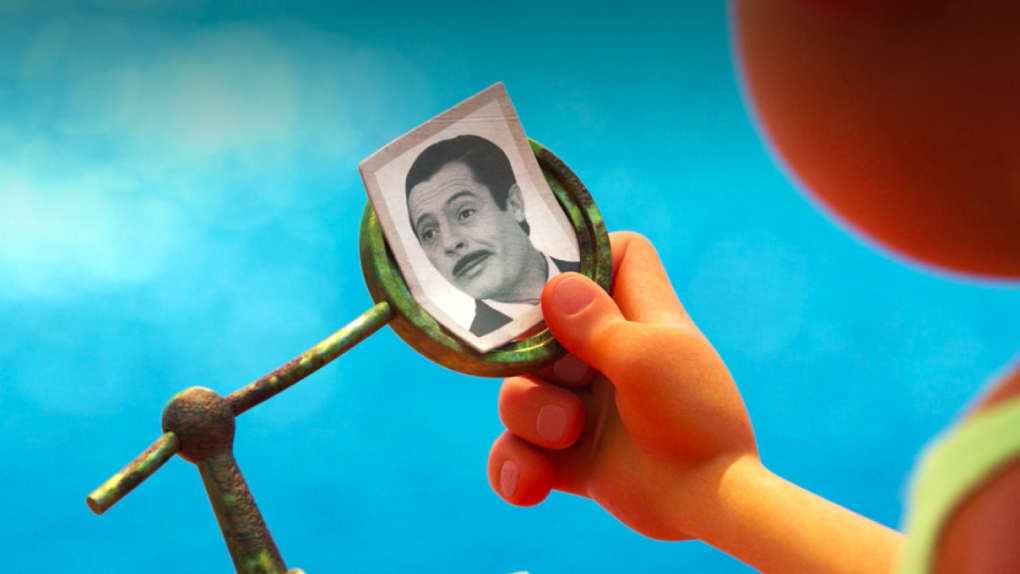
AV: How did your research on Italian music go?
DR: It kinda came from all around. I actually looked for a lot of Italian folk music myself and I found some old, traditional stuff that I really loved. The different kinds of recording that you find are so interesting. Also, Enrico made me two playlists, an Italian score playlist and an Italian pop song playlist, and I listened to those quite a bit. In addition to that, I have two people from Italy that I work with on a regular basis: Giosuè Greco, who’s been one of my closest collaborators throughout the last bunch of years, and Lorenzo Carrano, who did the orchestration on Maniac, and they helped me on that. Giosuè is also the whistler on Luca. He’s the best whistler I know. He’s an incredible musician, a flute and a saxophone player before anything else.
AV: The musical color of Luca is very much based on pizzicati, which give the score a very original, crystalline signature sound.
DR: Generally speaking, we wanted the ocean music to be more washed out, kind of dreamier. Now, as far as the pizzicato goes, we were messing around a lot with the different sounds we were gonna use, and the thing that Enrico kept coming back to was, “I want to have an Italian feeling to it, but at the core of it, I want it to be a Dan Romer score.” Actually, pizzicato is something I use a lot when I am left to my own devices. On Beasts Of The Southern Wild, which is my first personal score, I used a lot of pizzicato. Maniac was a complicated project with a lot of different kinds of music, but for the current world music, they wanted it to sound more like my music, so that is sounds very different from the rest of the score in the show. Pizzicato is very much a part of my music-making process. It comes from my working in rock and pop production where I’m very used to having guitars as a timbre I have access to. You could obviously use guitar in film scoring, and it would be great, but for my first personal project in film scoring, I really stayed away from using guitar with my orchestral score. For Beasts Of The Southern Wild, I decided to not have access to traditional guitar playing. So, the pizzicato strings kind of stood in for that. Now, it’s part of my musical language, and in Luca, I wanted to associate pizzicato to the youth and the excitement of the children.
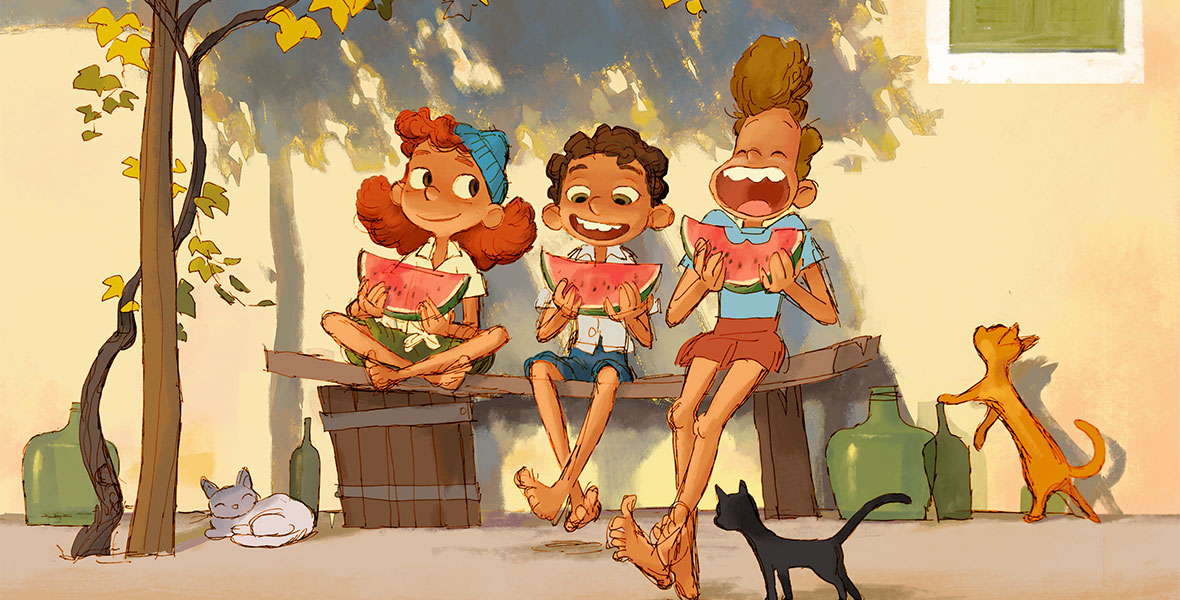
AV: It’s a very refreshing approach to animation music.
DR: I’m getting nervous to use pizzicato for comedy. If there are some places where it happens, it’s just part of the palette, where it kind of works well. But I’d rather try to make pizzicato sound emotional and use percussion for comedy.
AV: Was it also a way to differentiate the sea and the land through orchestration?
DR:The land and the sea have different sounds to them for sure. But I wasn’t thinking about it as land versus sea; I was thinking more as the emotional journey of these two boys and Giulia. I thought the movie would work best when thinking about things through Luca’s point of view and Alberto’s point of view more than thinking about the places.
AV: Can you tell me about your thematic approach to the movie?
DR: I wrote all the children’s themes in the same time signature, very similar tempo, and mostly in the same scales. And I did this so that I could have call and response between their themes, that I could play Alberto’s theme in-between Luca’s theme, and have a quick succession of the others, and the same with Giulia. That was very important to me, because when they’re hanging out, I wanted to be able to use all the themes at the same time instead of having just one Luca moment, and then one Alberto moment and so on. I wanted to have everyone together and evoke anyone’s melody at any moment.
AV: How did you come to the idea of the whistling?
DR: The whistling for me sort of represented the possibility of what could be on the outside of the water, you know. Once Luca gets on land, we kind of stop the whistling. Because, to me, it is really the promise of this dream that is the outside world, and once he’s there, we kind of let it go and we go to the Italian ambiance instead of it.
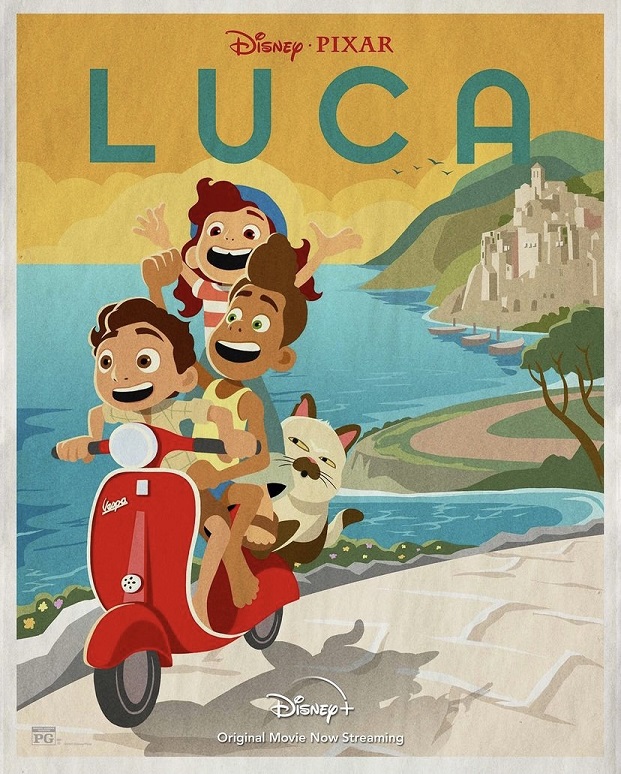
AV: And how did you create that very Italian ambiance, then?
DR: Well, there’s a couple of rules that I got from Giosuè and Lorenzo, basic stuff that guided me initially. But what I like doing when I’m trying to incorporate any different culture’s music into the score I’m writing, I try to literally breathe and eat that music before I start writing and while I’m writing, listening to nothing but that music. Because it doesn’t work so well when you listen to a type of music and say “I’m gonna emulate that music” and just do it. So much of making that music is the subtleties in the melody, the subtleties in the harmony, the subtleties in the rhythmic variations. And these are all things that you can’t learn just by listening once and copy. It’s something that you have to link into your soul and then, because you’ve listened to so much of it, you can write in the same spirit. I’m not saying I became as good as an Italian composer, but I think that you get closer by letting it get into your body through osmosis than through emulation.
AV: Among your Italian influences, I detected some touches of Nicola Piovani (La Vita e Bella), all the way back to Puccini (and not just for the Maria Callas aria!). Am I right?
DR: Yes, you’re correct! I was mostly focused on Italian film score music – Nicola Piovani, Nino Rota, Ennio Morricone – than on Puccini, but it’s in there, too.
AV: How did you approach Ciao Alberto in regard to Luca?
DR: I thought it was a really cool opportunity to do more of the kind of the punk rock-sounding Italian folk music that I had researched during the film. I heard this one piece of music that sounded like stomps, castagnettes and flute. It was just so aggressive and I loved it. I didn’t get to really do something like that in Luca, and so when we were talking about Ciao Alberto, I said, “I have this idea where we play the themes of Luca only using Italian folk instruments and percussion – no orchestra, no horns, no big percussion, no psychedelic experimentation. Let’s just stick to folk percussion, bass, guitar, piano, violin and mandolin.” And that’s pretty much it!
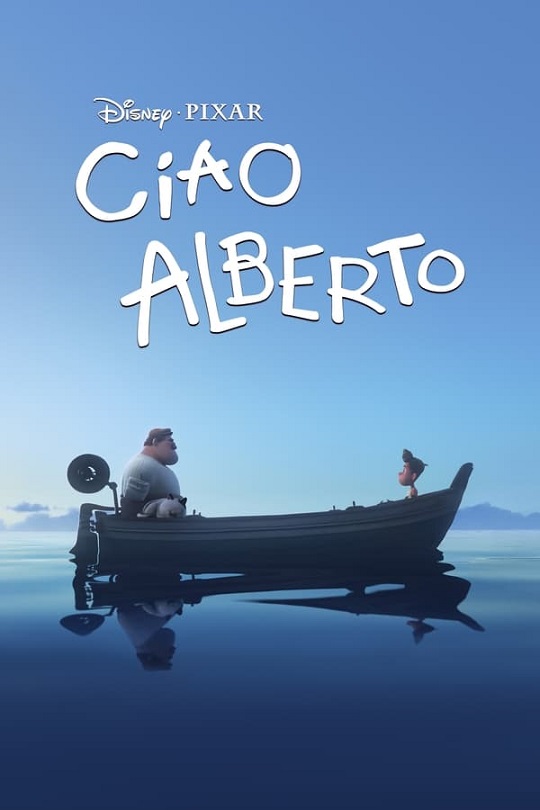
AV: Your score is very orchestral, but at the same time very intimate.
DR: You know, I wanted to use a smaller string section than usual because that’s what they were using in 1960s Italian film scores, but because of how many parts I was writing for a lot of these strings, as I was writing a lot of long strings and pizzicato strings at the same time, we needed more strings players in order to make all that happen at once. So, we ended up using a bit more than I originally intended. But because of covid, we weren’t able to record the whole orchestra at once. We recorded the strings, and then the brass, then the woodwinds, and then we did the percussion. Then we had a mandolin session, where we had all the mandolin players playing all together. For the guitar and the accordion, I had played all of them on the demos, and we ultimately ended up using mostly my guitar and accordion playing on the score. We tried to have other musicians coming for the guitar and the accordion, but it’s interesting: when you have a demo and it’s working, it’s very hard to say, “Let’s replace it,” because you’re used to the sound and the feel of the original.
What we also did was, I have two string players that I work with quite a bit, Jonathan Dinklage and Tara Atkinson. Jonathan has been playing violin and viola for me maybe for the last twelve years. He played every violin and viola on Beasts Of The Southern Wild, except for the fiddle. And Tara has been playing cello for many years, too. My engineer, Greg Hayes, was listening to my score for Maniac and Beasts Of The Southern Wild, and he said, “Your string sound is so unique. How do you get it?” And I answered, “Well, we use two string players overdubbing again and again, playing the same part over and over again.” And he said, “I think it’s part of your sound. So, I think we should record the orchestra and have Jonathan and Tara re-record all the strings and then add that into the mix as another sound that we can use.” So, a lot of the pizzicato in Luca is Tara and Johnny, and we used different amounts of different musicians in order to get different sounds on the film.
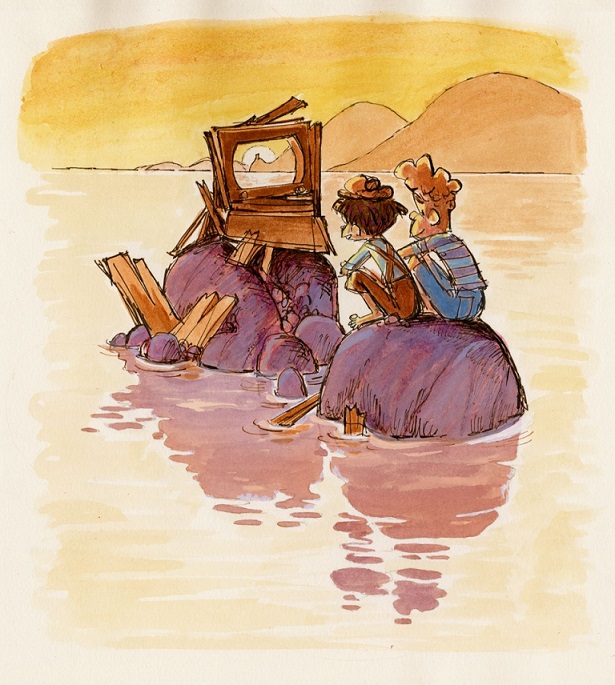
AV: How will you keep on that musical journey as a composer?
DR: I would say that a lot of very interesting harmonic and melodic ideas got brought to my attention throughout studying these Italian film composers and I will say, the next thing that I have coming out is a HBO Max series called Station Eleven and I think there’s actually a fair amount of influence from the harmony and melody that I picked up during Luca in that show.
With our thanks to Dan Romer, and Adrianna Perez and Kyrie Hood at White Bear, and April Whitney at Chronicle Books.



